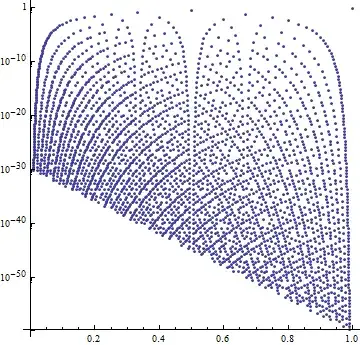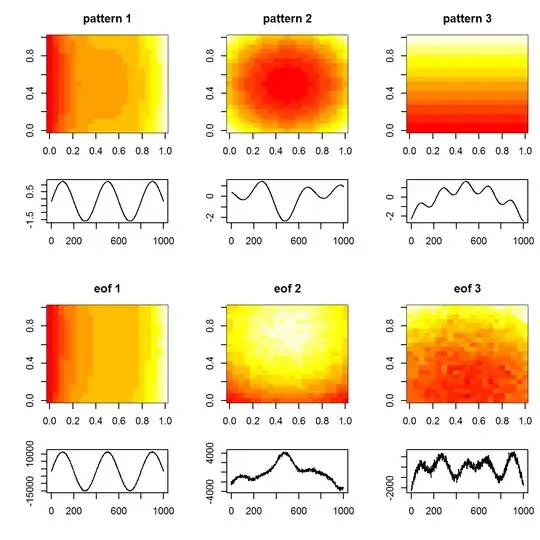This is the constructivist sequel of this question.
If we can't have a discrete uniform random variable having as support all the rationals in the interval $[0,1]$, then the next best thing is:
Construct a random variable $Q$ that has this support, $Q\in \mathbb{Q}\cap[0,1]$, and that it follows some distribution. And the craftsman in me requires that this random variable is constructed from existing distributions, rather than created by abstractly defining what we desire to obtain.
So I came up with the following:
Let $X$ be a discrete random variable following the Geometric Distribution-Variant II with parameter $0<p<1$, namely
$$ X \in \{0,1,2,...\},\;\;\;\; P(X=k) = (1-p)^kp,\;\;\; F_X(X) = 1-(1-p)^{k+1}$$
Let also $Y$ be a discrete random variable following the Geometric Distribution-Variant I with identical parameter $p$, namely
$$ Y \in \{1,2,...\},\;\;\;\; P(Y=k) = (1-p)^{k-1}p,\;\;\; F_Y(Y) = 1-(1-p)^k$$
$X$ and $Y$ are independent. Define now the random variable
$$Q = \frac {X}{Y}$$
and consider the conditional distribution
$$P(Q\leq q \mid \{X\leq Y\})$$
In loose words "conditional $Q$ is the ratio of $X$ over $Y$ conditional on $X$ being smaller or equal than $Y$." The support of this conditional distribution is $\{0,1,1/2,1/3,...,1/k,1/(k+1),...,2/3,2/4,...\} = \mathbb{Q}\cap[0,1]$.
The "question" is: Can somebody please provide the associated conditional probability mass function?
A comment asked "should it be closed-form"? Since what constitutes a closed-form nowadays is not so clear cut, let me put it this way: we are searching for a functional form into which we can input a rational number from $[0,1]$, and obtain the probability (for some specified value of the parameter $p$ of course), leading to an indicative graph of the pmf. And then vary $p$ to see how the graph changes.
If it helps, then we can make the one or both bounds of the support open, although these variants will deprive us of the ability to definitely graph the upper and/or lower values of the pmf. Also, if we make open the upper bound, then we should consider the conditioning event $\{X<Y\}$.
Alternatively, I welcome also other r.v.'s that have this support(s), as long as they come together with their pmf.
I used the Geometric distribution because it has readily available two variants with the one not including zero in the support (so that division by zero is avoided). Obviously, one can use other discrete r.v.'s, using some truncation.
I most certainly will put a bounty on this question, but the system does not immediately permit this.
![[Figure of F]](../../images/3845393564.webp)

